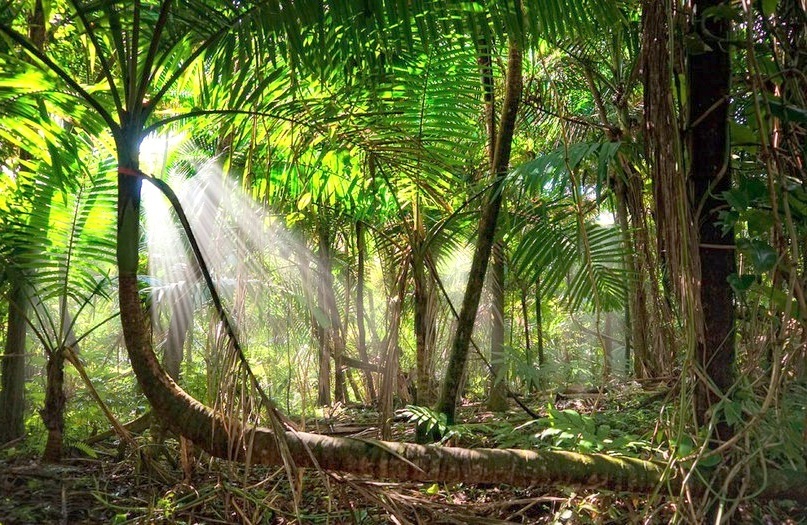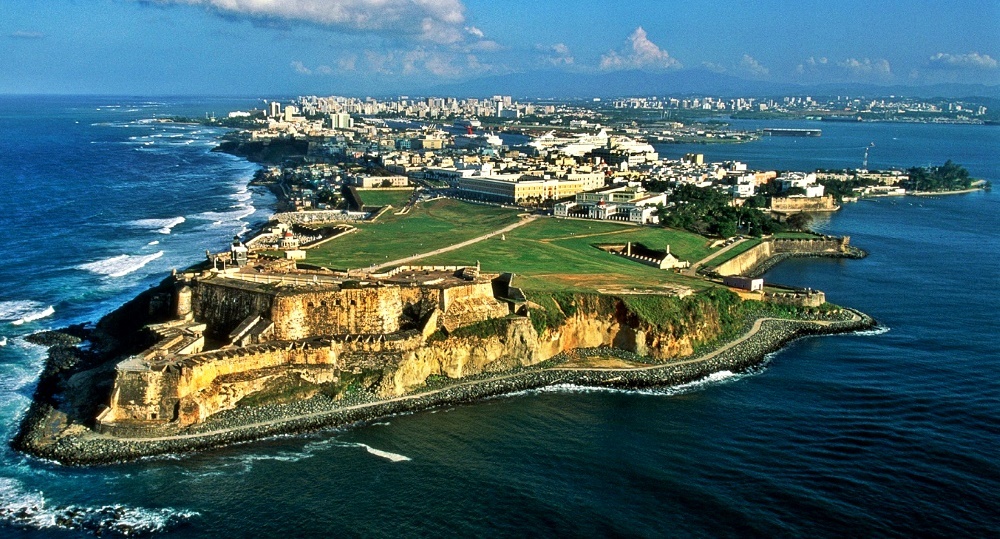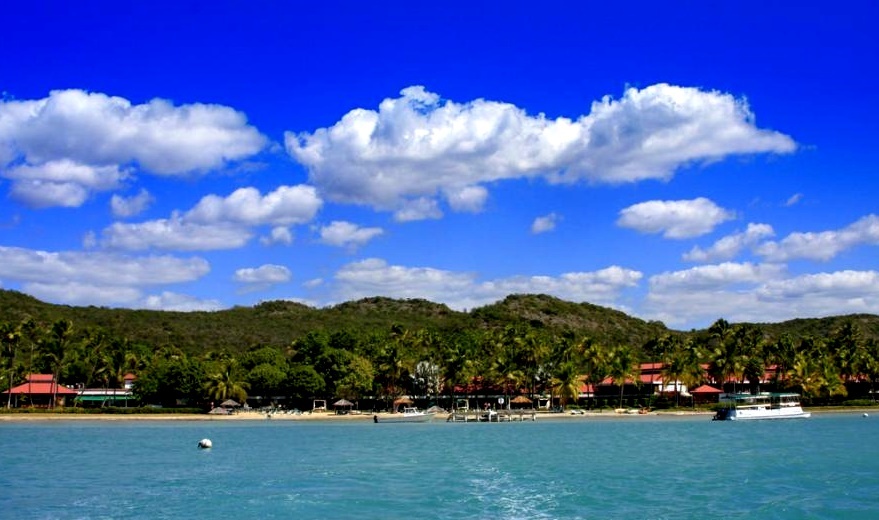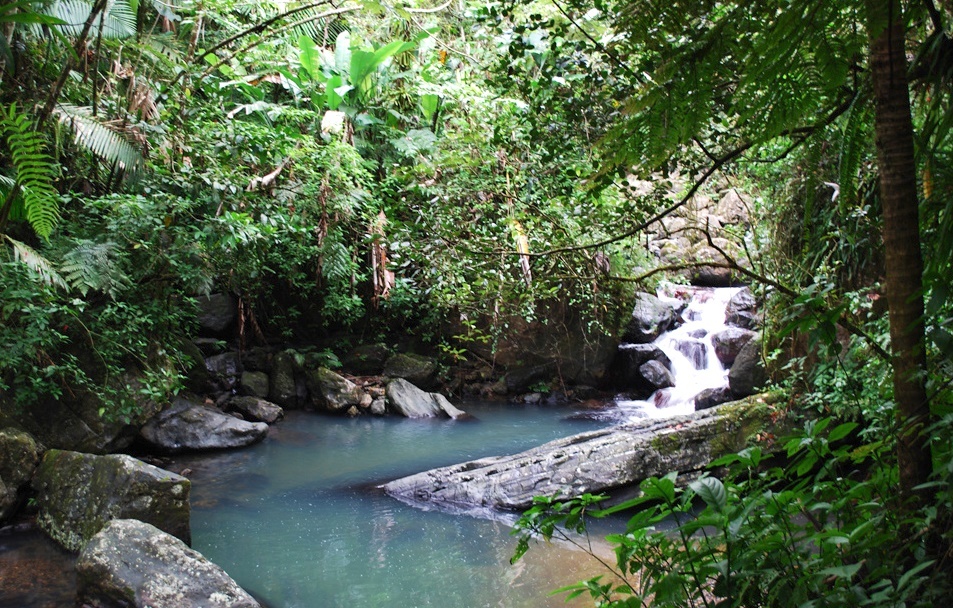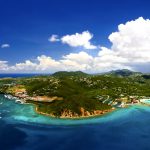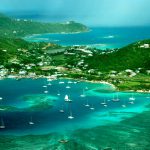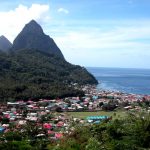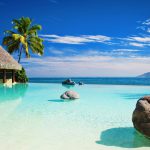If you search carefully, you can find a tiny island in the Caribbean Sea on the world map - Puerto Rico, however, for all lovers of eco-tourism, as well as connoisseurs of ancient cultural monuments, Puerto Rico is a huge world, with its amazing, unique nature, ancient architecture and exotic, amazing landscape.
The largest city located on the island is San Juan, whose population is almost half a million people. Founded back in 1521 by Spanish conquistadors, it has preserved a huge number of architectural monuments of that time, including the most famous: Fort El Morro, Fort San Cristobal, as well as La Fortalesa - the largest and most beautiful ancient mansion on both American continents.
In addition to San Juan, where a third of the total population of Puerto Rico lives, there is much more amazing on the island! Despite the fact that the island itself is small, its geographical features, nature and climate are incredibly diverse, which explains the amazing richness of its flora and fauna.
Ecotourism in Puerto Rico is unforgettable thanks to the presence of four different and completely unique ecosystems on the island.
Puerto Rico in 5 minutes
El Junge National Park
El Yunge is one of the few tropical rainforests remaining on the Caribbean islands. The beautiful forest landscapes of El Yunque are decorated with picturesque waterfalls, and in the cloudy forests, among giant ferns, tourists can enjoy the magnificent flowers of orange bromeliads. It is home to endangered species, such as the coca leaf frog, a symbol of the island of Puerto Rico.
From a bird's eye view, it seems as if the forest slopes of El Yunque are covered with a silver veil. This effect occurs due to cecropia leaves. Since the devastating Hurricane Hugo swept through the island, this type of tree has quickly grown in damaged areas, giving the National Park a special charm. In total, the unique El Yunque rainforest has 225 species of trees, approximately 50 species of orchids and as many as 100 species of ferns - thanks to which the park is a Biosphere Reserve under UN protection.
Guanica Biosphere Reserve
There are probably no more than a percent of all the planet's tropical dry forests left on the globe. And just such a forest reserve grows a few hours away from El Yunque. The reserve shelters most of the birds found only in Puerto Rico and about 750 species of plants, of which seven species are on the verge of extinction.
In the forest you can enjoy the spectacle of exotic butterflies and tiny hummingbirds flocking to strange flowers. And along the edge of the forest there is a sandy strip where green and leatherback turtles lay their eggs.
Coral forests and mangroves
The so-called mangroves grow along the coast of the Guanica Nature Reserve. Due to the absence of agricultural and industrial runoff, these amazing plants have survived to this day in their original form since the time of the conquest of this island by the Spaniards.
Another amazing feature that delights tourists so much is the luminous bays located near the mangroves. Due to the fact that many phosphorescent microorganisms live in water, at the slightest movement a shining blue-green halo is formed around objects moving in the water.
Coastal coral reefs can be an excellent place for diving. Since several sandbanks and coastal coral reefs have been taken under protection by the island's government, these exotic corners have been saved from being plundered by poachers.
Despite the fact that Puerto Rico did not impress Columbus, who was looking for gold here, the island’s numerous natural resources for modern tourists are real wealth, no less valuable than precious metals for Spanish sailors during the Conquest.
